Durante décadas, el estado financiero de una empresa fue la...



As ESG priorities continue to reshape global business norms, the Middle East is undergoing a quiet but powerful regulatory transformation. Among the GCC countries, Oman is emerging as a structured and standards-driven market for sustainability reporting.
By 2025, ESG is no longer a soft expectation in Oman but a regulatory and strategic consideration for public companies, financial institutions, and supply chain actors alike.
In this blog, we will explore
Oman took its first major step in 2021 by launching a national ESG framework aimed at aligning corporate conduct with the United Nations Sustainable Development Goals (SDGs). This framework established expectations around transparency, ethical business behavior, and long-term value creation, essentially laying the groundwork for sustainability integration across Omani enterprises.
The Central Bank of Oman (CBO) issued a circular titled “Promoting Sustainable and Green Financial Practices” in October 2024. This formalizes expectations for banks to integrate climate risk management into their governance, strategy, and risk assessments. It also directed banks to introduce sustainable finance instruments, provide staff training on ESG, and develop board-approved implementation plans by June 2025. While certain provisions related to the ‘integrity of sustainability claims and communications’ took immediate effect, formal requirements for governance, strategy, risk management, and additional ESG recommendations will be effective from July 1, 2026, with disclosure requirements generally aligning with fiscal year 2026 activities.
The Muscat Stock Exchange (MSX) has positioned itself as a key enabler of ESG adoption in Oman’s capital markets. In March 2022, MSX joined the UN Sustainable Stock Exchange (SSE) Initiative, committing to greater ESG transparency and investor alignment. In collaboration with the Capital Market Authroity (CMA), it released ESG disclosure guidelines in 2023, outlining 30 mandatory metrics grounded in GRI Standards. These disclosures became mandatory for all SAOGs from 2025 onward, with the first reporting cycle covering 2024 activities, completed in March 2025.
MSX continues to support compliance efforts through capacity building and sector-specific guidance. It also plays an active role in regional ESG dialogues, working to align Oman’s standards with broader GCC and global expectations.
By fostering a regulatory environment that rewards responsible business conduct, Oman is laying the groundwork for a sustainable and competitive economy.
Oman’s ESG reporting regime has officially entered its compliance phase in 2025. Following a voluntary disclosure phase in 2024, all SAOGs listed on the Muscat Stock Exchange were required to submit their first standalone ESG reports in early 2025, aligned with the GRI Universal Standards and covering 30 core ESG metrics defined by the CMA and MSX.
Now that the initial reporting cycle is complete, the emphasis is shifting from “reporting to comply” to “reporting to improve.” Companies are expected to enhance data accuracy, prepare potential external assurance, and deepen ESG integration into risk management, governance, and strategic decision-making processes.
While Oman’s ESG regulations currently focus on listed public joint stock companies (SAOGs), sectoral differentiation is becoming more pronounced in 2025. Regulators, investors, and development agencies are increasingly emphasizing industry-specific disclosures based on the sector’s environmental footprint, social relevance, and alignment with Vision 2040 priorities.
As one of the largest contributors to Oman’s carbon emissions, the oil and gas sector is under regulatory and investor pressure to decarbonize. In 2025, several state-linked and private players have begun aligning with the Task Force on Climate-related Financial Disclosures (TCFD) framework, particularly in climate risk analysis, scenario planning, and emissions reporting. Disclosure of Scope 1 and 2 emissions is now routine among the largest operators, and industry leaders are exploring carbon capture projects and renewable integration as part of net-zero pathways.
Banks and insurers are responding to the Central Bank of Oman’s 2024 circular on sustainable finance, with board-level ESG implementation plans due by June 2025. Most banks are now embedding ESG into credit risk assessments, stress testing portfolios for climate exposure, and piloting green lending instruments. Sustainable sukuks and SDG-linked bonds are emerging as preferred financing tools, aligned with Oman’s efforts to position itself as a regional green finance hub.
The growth of SEZs like Duqm and Sohar has brought ESG issues into sharper focus, especially in areas like energy use, wastewater recycling, hazardous waste handling, and worker safety. In 2025, companies in these zones are encouraged to report key environmental metrics, monitor workplace health incidents, and carry out basic human rights checks, particularly in industries that depend heavily on migrant labour.
While SMEs are not directly obligated under the current ESG reporting regime, pressure is mounting from larger, listed clients to disclose ESG-related data, particularly those exporting to markets. In 2025, tier-1 suppliers in construction, manufacturing, and logistics are increasingly expected – particularly by international clients and partners – to demonstrate compliance with ESG expectations around labour rights, emissions tracking, and ethical sourcing.
With mandatory ESG reporting now in effect for all SAOGs and increasing regulatory scrutiny from the CMA, ESG compliance in Oman is no longer just a goal, but is getting translated into reality. Companies that align with ESG expectations not only to meet regulatory requirements but also unlock a range of competitive advantages.
As Oman’s financial ecosystem begins to incorporate ESG into risk assessment and lending decisions, strong ESG performance is becoming a prerequisite for attracting green finance, sustainability-linked loans, and inclusion in ESG investment portfolios.
ESG-compliant companies may stand at an advantage position in government procurement, joint ventures, and supply chain partnerships, especially from firms in the EU or other ESG-regulated markets.
Oman’s Vision 2040 explicitly prioritizes environmental stewardship, social development, and governance reform. ESG-aligned businesses are better positioned to benefit from national incentives, policy support, and long-term reputational gains.
Many Omani firms, especially outside the financial sector are in early stages of ESG maturity. A lack of dedicated ESG teams, internal expertise, and cross-departmental coordination remains a hurdle.
ESG data is often spread across HR, operations, finance, and compliance units. Manual collection and inconsistent formats make it difficult to produce reliable, audit-ready reports.
Businesses must comply with national requirements (CMA’s30 metrics and GRI Universal Standards) while also monitoring international developments such as ISSB’s IFRS S1/S2. Keeping up with these frameworks poses a resource challenge, especially for smaller organizations.
For many, ESG is still considered a disclosure–driven exercise rather than a corporate strategy. A deeper understanding and a mindset to consider compliance as a business imperative is still lacking in many firms.
As ESG regulations tighten in Oman, businesses are no longer just expected to disclose, they are required to do so with precision, consistency, and auditability. For most companies, this means moving beyond spreadsheets and fragmented reporting systems. That’s where SAMESG ® steps in.
SAMESG ® is designed to help organizations in navigate compliance with national ESG mandates, including the 30 mandatory metrics prescribed by the CMA and GRI Universal Standards empowering businesses to build better ESG systems from the ground up.
Most ESG data is spread across different departments like HR, finance, operations, and supply chain. SAMESG ® consolidates all of it into one unified system through integrations, file uploads, and structured workflows. This creates a single source of truth, reducing manual errors and improving data traceability.
SAMESG ® comes with built-in disclosure templates aligned to GRI and the ISSB’s IFRS S1 & S2, removing the guesswork from ESG reporting. These pre-aligned templates help you meet reporting requirements accurately and on time.
SAMESG ® runs your data through a series of validations, flagging incomplete fields, inconsistencies, and anomalies before submission. This ensures your ESG reports are audit-ready and defensible in case of regulatory reviews.
Going beyond compliance, SAMESG ® helps you track your performance with visual dashboards, customizable KPIs, and built-in ESG maturity assessments. This is essential for companies looking to move from compliance to strategic ESG leadership.
As Oman continues to evolve its ESG requirements and moves toward sector-specific disclosures or assurance mandates, SAMESG®’s modular design lets you scale across departments, business units, or group entities—without having to overhaul your systems.
Oman’s transition to mandatory, standards-driven ESG reporting signals a long-term commitment to sustainable development and corporate transparency. For companies, this marks a move from reactive compliance to proactive value creation. With the help of right tools like SAMESG ® , businesses can steer towards compliance in a smarter and more efficient way.
In a world that’s rapidly moving towards sustainability, Oman’s ESG measures promise a better and responsible future. Let’s lead the change to make the future of sustainability look promising and possible!
Want to know how SAMESG® works?
SAMESG® streamlines ESG reporting—automating data collection, ensuring compliance, and delivering audit-ready reports in one powerful platform.
Share
Related Posts
Explore more resources


Presents

An exclusive event to inspire, connect, and equip finance leaders for tomorrow.
October 23, 2025 | 6:00 PM – 9:00 PM GST